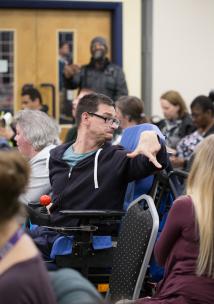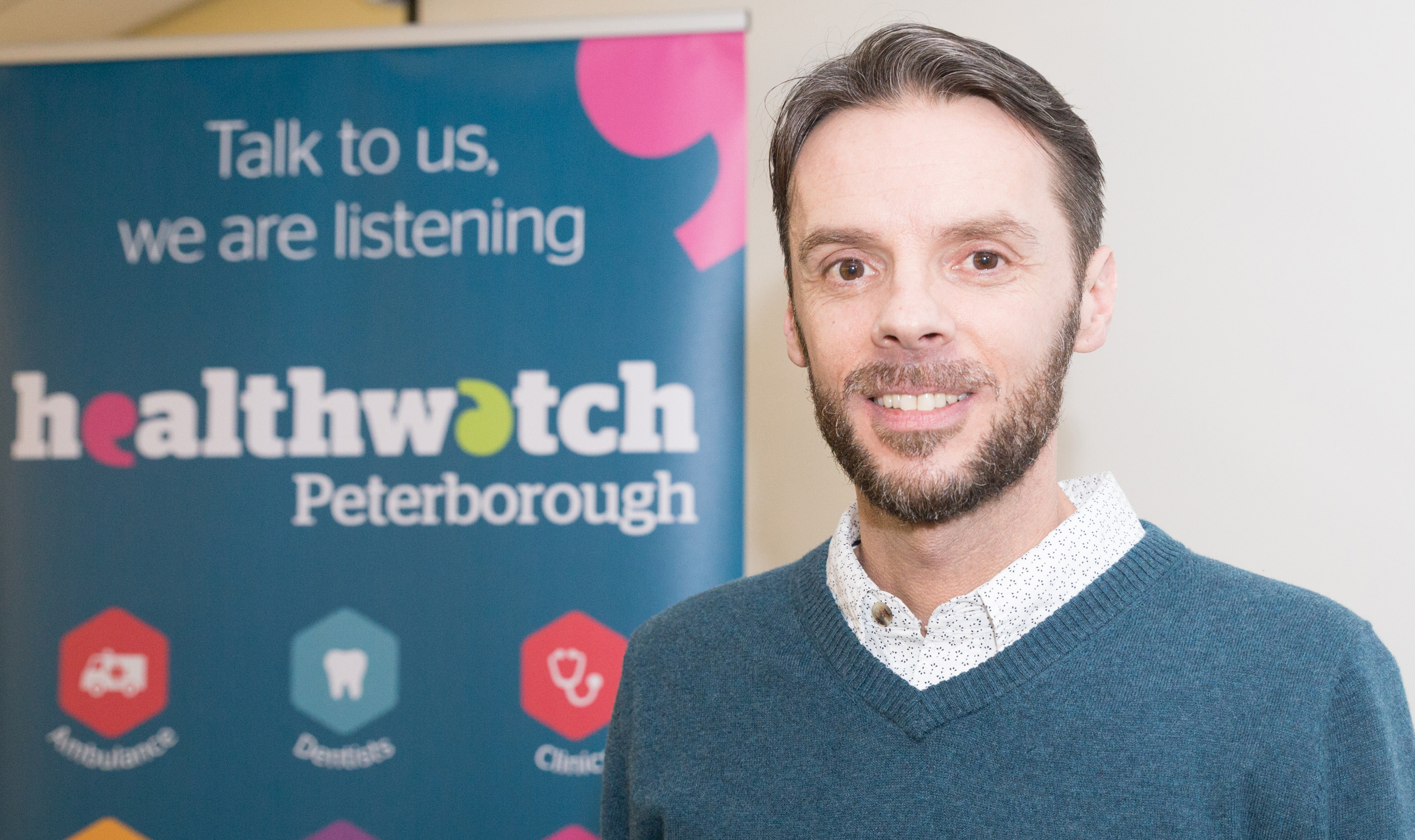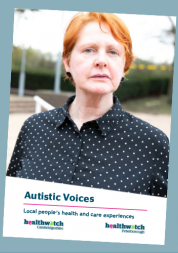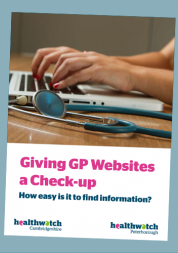New Healthwatch report calls for better information for disabled people

The Accessible Information Standard came into effect from 1 August 2016 and is a legal requirement.
Healthwatch spoke to more than 180 disabled people locally about their experiences in the last year, and found that many were not getting information in a way they could read or understand.
‘If people can not understand what they are being told about their health or care, then they haven’t lawfully given their consent to any treatment or change in their care arrangements’
‘Not being able to understand what you are being told also makes it much harder for you to manage your health and follow any treatment or care guidance. We know that people with sensory and learning disabilities routinely have poorer health and often don’t live as long, as the general population.’
Sandie Smith, CEO of Healthwatch Cambridgeshire and Peterborough

Jason’s story
Peterborough resident Jason found himself in a confusing and dangerous situation when he had to go to A&E with a lung condition. Jason is Deaf and uses British Sign Language.
‘I asked if I could have an interpreter, and they said that they couldn’t find one at such short notice.’
Like many Deaf people Jason struggles with written English, which has very different grammar to British Sign Language. He tried to communicate with the staff by writing things down on his phone. But it wasn’t clear to him what was wrong with his lung or what treatment was needed.
A nurse who knew some basic sign language tried to explain to Jason what was wrong with his lung. When this didn't work the staff called his brother in law (who is also Deaf) from home to help. Neither of them could explain Jason’s condition to him. He asked repeatedly for a professional interpreter to be found.
Eventually, after over seven hours in A&E, a qualified interpreter arrived. The interpreter explained to Jason that he had a pneumothorax blebs, a hole in his lung which had caused it to collapse. The interpreter also explained the treatment that was required, which Jason was then able, finally, to agree to.
‘I asked why they kept checking my blood pressure. They explained that it was because my heart was having to work extra hard, which was quite risky. It could have been really quite dangerous, thinking back on it now.’
‘Imagine if there had been an interpreter from the start. We could have got the procedure done quickly, but I couldn’t consent because I didn’t know what was going on. Nurses, GPs, everyone needs a little bit of training.’
Healthwatch wants local health and care organisations to do more
- Staff need to know about the Accessible Information Standard and their responsibilities to people.
- Services need to be able to show that people have understood their treatment and said yes to it.
- Services should make sure people can talk with them properly, for example, being able to reply to texts to check that support has been booked.

